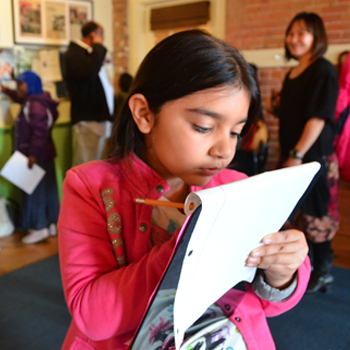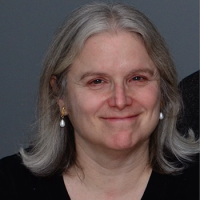
Children Are Citizens: The Everyday and the Razzle-Dazzle
PUBLISHED:AUTHORS: Mara Krechevsky, Ben Mardell, Tiziana Filippini, and Maddelena Tedeschi
Resource Summary
How do children get to know their city and the city get to know its children? How often are children asked their opinions about their city? The UN Convention on the Rights of the Child (1989) established that in addition to children’s human rights to protection from harm and provision of an adequate standard of living, children also possess civil rights to participate in the cultural and civic activities of their communities. We, the authors of this article, maintain that children are indeed citizens from birth with the right to participate in the civic life of their cities. Cities belong to the adults and children who live there—even young children, who are capable of generating compelling insights about their communities.
The recognition of children as citizens is an essential pillar of the Reggio schools. Sustaining the strong bond between children’s and adults’ destinies has characterized 50 years of dialogue and cultural and political collaboration between the city of Reggio and its municipal preschools and infant-toddler centers. Loris Malaguzzi, founder of the Reggio Emilia educational philosophy, believed that schools are a critical context for fostering the relationship between children and the city. Once Malaguzzi said:
Our children go outside of the school as often as they can. They go to discover what is there or not in the city and to reflect and maybe conquer, with the help of the adults, what could be there . . . [They go] to strengthen relationships with cultural and sports institutions, to run in the fields, to meet the farmers . . . [They go] to discover people’s most beautiful trades, where and how their fathers and mothers work, to make friends with the elderly in their nursing home— images that are missing from their eyes and minds but that are essential to launch themselves into life, into the future. They invite to school the farmer and the factory worker, to hear their stories, their problems, the conditions of the work, and to understand the meaning of life, to feel they are part of a wider community. (see also Cagliari et al., 2016)
How might we help children imagine their futures as active members of their communities? Schools are an ideal setting for fostering a dialogue between children and the city. Like the ancient Greek agora, classrooms can serve as laboratories for life in a democratic community—places where knowledge and culture are both created and transmitted. When children encounter other perspectives—when they discuss, argue, and compare ideas—they are building understanding and making public that which had been private. Cities also provide a construct that three-, four-, and fiveyear- olds can understand—places they can experience and to which they can respond.
This article is written for those who wish to foster a relationship between children and their cities. We start with two examples of children’s contributions to their communities, one from Reggio Emilia—a city with a long and rich history of connecting children to their community, and one from Washington, DC—a city that has more recently built child-community connections. We close by identifying three lessons learned about engaging children in their communities.
From Innovations in Early Education: The International Reggio Emilia Exchange, v. 23, n. 4, published by NAREA (North American Reggio Emilia Alliance)
Download the PDF (under Resource Links) to continue reading this article.


-
-
-
-
-
-
Support PZ's Reach